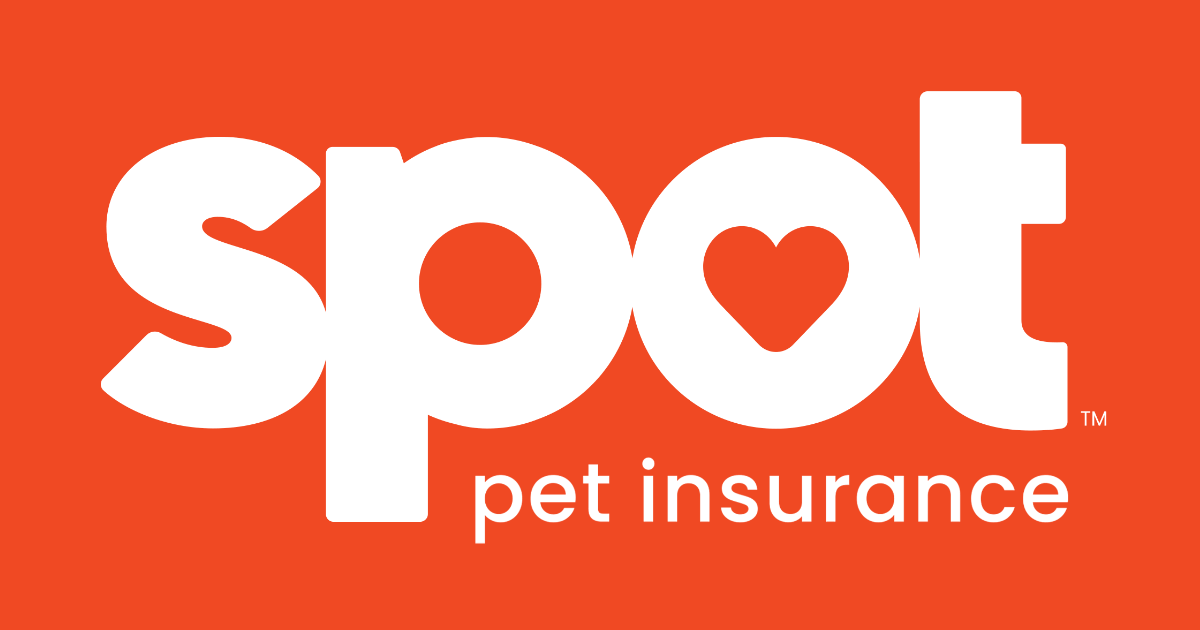
Catastrophic healthcare insurance is a type insurance that covers the cost of medical services after your deductible for each year has been met. While it is more expensive than most other insurance plans, it will pay more for your medical bills. You will be better off paying the higher premiums because you will receive more benefits for your money.
Affordable health insurance is cheaper than catastrophic insurance
The catastrophic insurance plan covers essential health benefits, but it has a high deductible. These policies cover unexpected medical emergencies. A catastrophic plan's out-of-pocket maximum is $8,700 for an individual in 2022 and $9,100 in 2023.
Catastrophic plans cannot be subvention-eligible, and are only available to a small number of exchange enrollees. They are not offered in every region and are not shown automatically to people younger than 30. Additionally, only 1% of enrollees in exchanges will choose to take out a catastrophic plan each calendar year. Only half of all enrollees in the exchanges will be on a catastrophic plan by 2022.

Catastrophic health insurance costs
For families with children, catastrophic health insurance can be very costly. This type of insurance comes with a high deductible. A catastrophic plan for health insurance can result in you spending more than $7,900 from your own pocket. Silver or gold plans will be more cost-effective if you have multiple medical needs in one year.
You must research your options and compare your needs with the cost of routine medical expenses before you make a decision about catastrophic insurance. The average cost of hospitalizations and the monthly premiums that you would expect to pay are important factors. You can also shop on the state's market or federal marketplace for health insurance if you don’t have it. Be aware that catastrophic health insurance typically has a higher premium and a higher out of pocket expense.
Benefits from catastrophic health insurance
Catastrophic insurance can be used to help pay unexpected medical expenses. These plans are typically low in monthly premiums with high deductibles. They are ideal for young, healthy people who rarely need medical attention. They can be costly if you're a senior and require medical supervision.
This type insurance policy covers most medical costs in full. These plans guarantee that members receive the minimum necessary health benefits. These benefits include vaccinations and certain preventive services. These benefits also include annual physicals and birth control.

To be eligible for a hardship exemption in order to purchase catastrophic insurance, you must meet the following requirements
If you have just lost your health policy or are having difficulty paying premiums, you may be eligible for a hardship exemption. This exemption allows people who earn less than eight percent to purchase insurance. There are many reasons for qualifying for this exemption, including bankruptcy, eviction, foreclosure, and a variety of medical expenses. Unemployed persons cannot be granted a hardship exemption. Catastrophic policies are more expensive than traditional coverage, but you'll still have to pay your deductibles.
You can get a Catastrophic healthcare plan if you are younger than 30 years old, without having to apply for a hardship exemption. However, if you're thirty or older and your income does not reach 8.09% of your annual income, you must file for an exemption. Once you have completed this process, you will be able to access your options via Pennie.